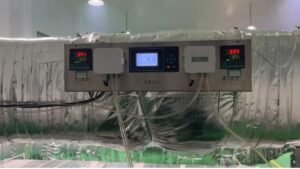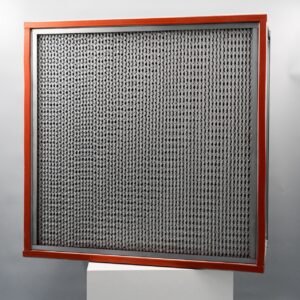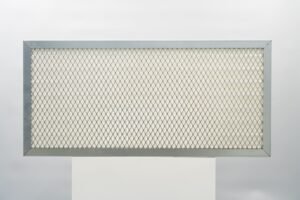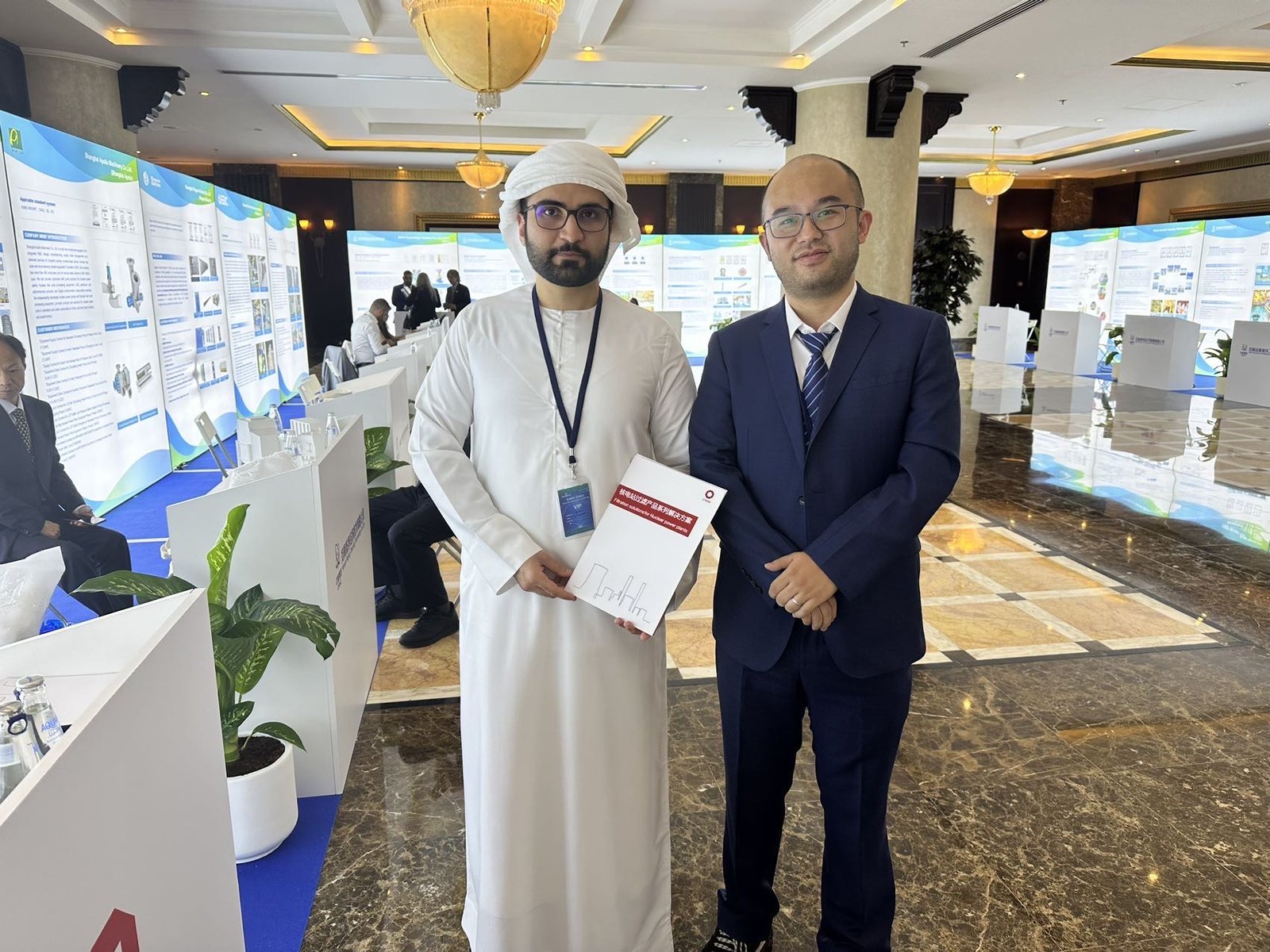With over a decade of experience in advanced filtration systems, I’ve helped factories across industries—from pharmaceuticals to precision electronics—optimize their air purification in high-temperature environments. One of the most frequent questions I receive from engineers and procurement managers is:
Should I choose a standard high-temperature filter, or invest in a HEPA-grade version?
Let’s break this down with real-world insight and clear comparisons—so you can make the right decision for your application.
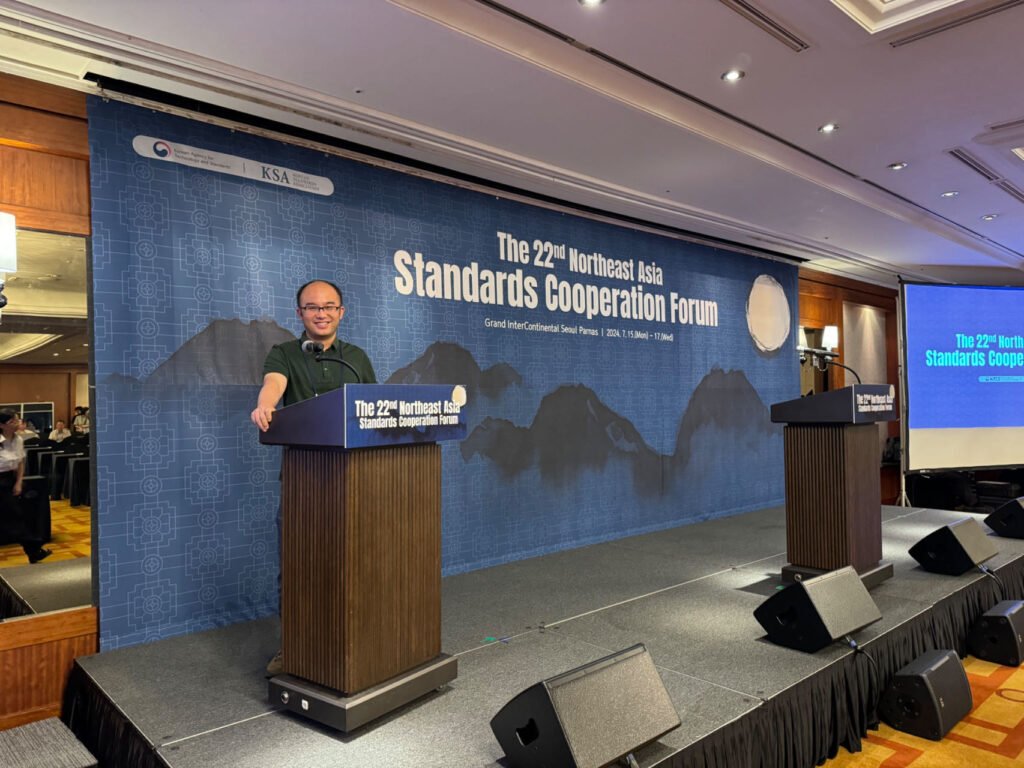
Understanding the Real Differences
Standard high-temperature filters are typically rated G4 to F9 and remove larger particles in the 5–10 micron range. They’re reliable, cost-effective, and built for general applications like industrial ovens, dryers, and heat-based HVAC systems.
HEPA high-temperature filters, on the other hand, operate at similar temperature levels (up to 250–350°C), but with vastly higher efficiency. Rated H13 or H14, they capture 99.97% of particles ≥0.3 microns. This makes them essential for cleanroom environments, pharmaceutical sterilization tunnels, or any operation requiring strict particulate control.
In my experience, clients often assume that “high-temp” automatically means “high performance”—but that’s not always true. The filtration grade and particle size are just as critical as temperature resistance.

When HEPA Is Absolutely Necessary
For sectors like pharmaceuticals, medical device assembly, or high-end automotive painting, HEPA-grade filters are not a luxury—they’re a necessity. I’ve worked with clients whose production yields improved significantly after upgrading to high-temperature HEPA systems, simply by removing the sub-micron contaminants invisible to the eye but devastating to sensitive processes.
Also, if you’re seeking ISO 14644 or GMP compliance, there’s no way around HEPA filtration.
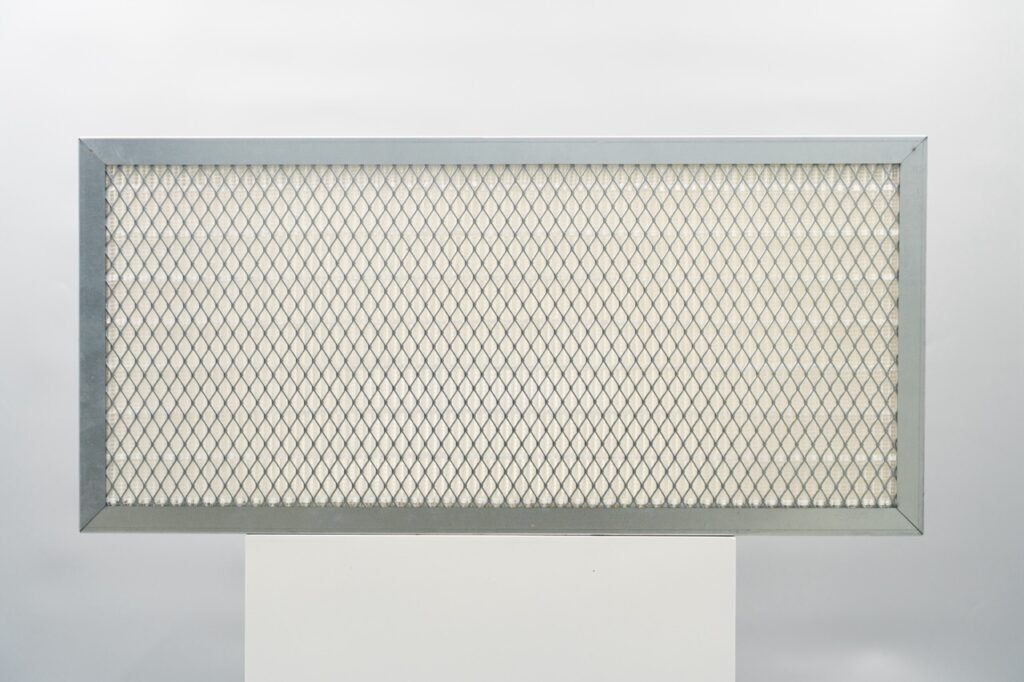
Quick Comparison Overview
| Feature | Standard High Temp Filter | High Temp HEPA Filter |
|---|---|---|
| Filtration Efficiency | G4–F9 (for 5–10μm particles) | H13–H14 (≥99.97% @ 0.3μm) |
| Temp Resistance | 250–350°C (some up to 400°C) | 250–350°C |
| Typical Use | Ovens, dryers, HVAC | Cleanrooms, sterilizers, paint booths |
| Cost | Lower | Higher |
Practical Notes from the Field
A HEPA filter isn’t always “better” just because it’s more precise. I often advise clients to consider the total cost of ownership: HEPA filters may need more frequent replacements and create higher resistance in your airflow system, which could increase fan power requirements.
It’s also important to check the filter frame and sealing materials. At ClearFilter, we recommend stainless steel or aluminum housings with silicone gaskets for long-term stability in heat-intensive environments.
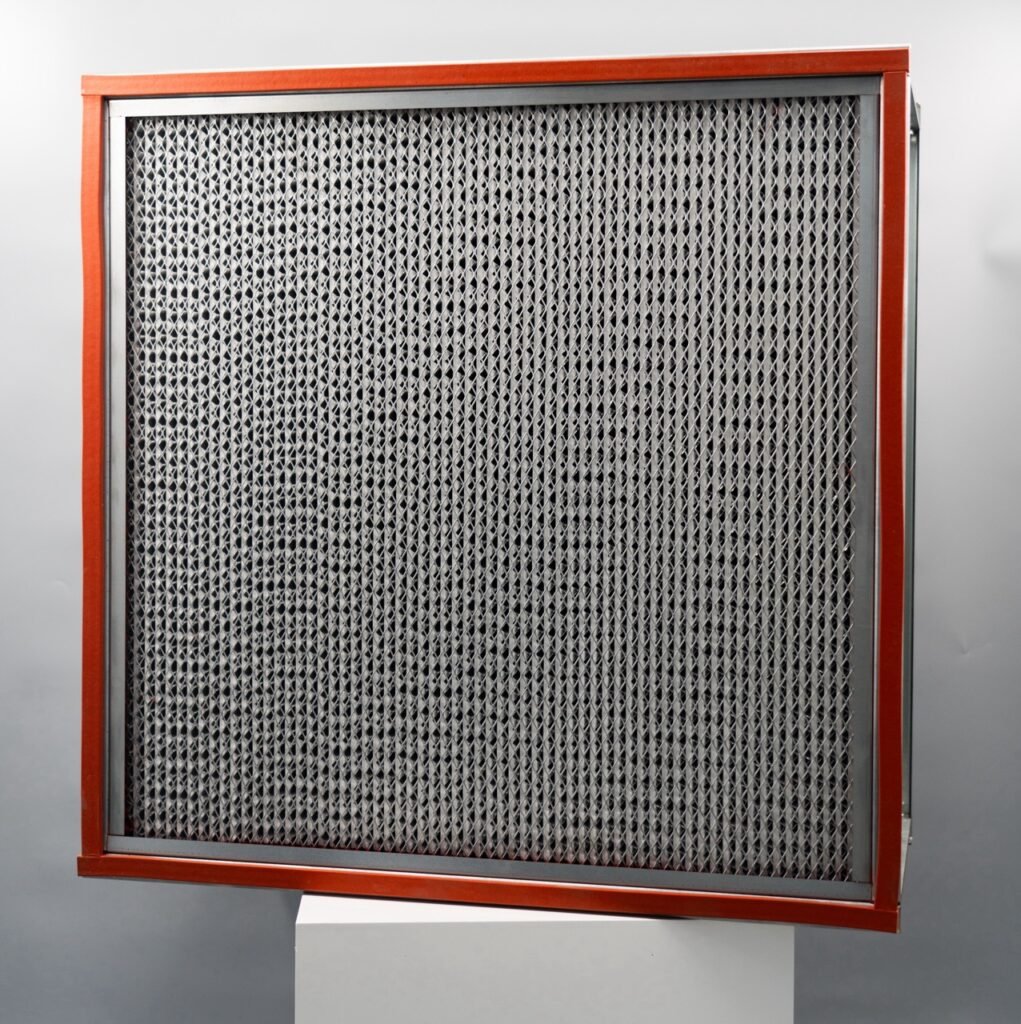
If your production environment demands particle-free air at a microscopic level, and you’re working in regulated sectors like pharmaceuticals, electronics, or medical manufacturing—go with HEPA. It’s more expensive, but absolutely necessary.
But if your process is robust, non-sterile, and focused on heat and dust management—a well-designed standard high-temp filter will serve you just as well, without the added cost.
Still unsure? Let’s talk. I’ve helped clients around the world choose the right high-temperature filtration system—balanced for both performance and cost.
Need a Custom Recommendation?
Contact our team at ClearFilter for tailored filtration solutions that meet your operating temperature, air cleanliness, and compliance needs. We’ll help you make a decision based on real-world performance, not guesswork.


